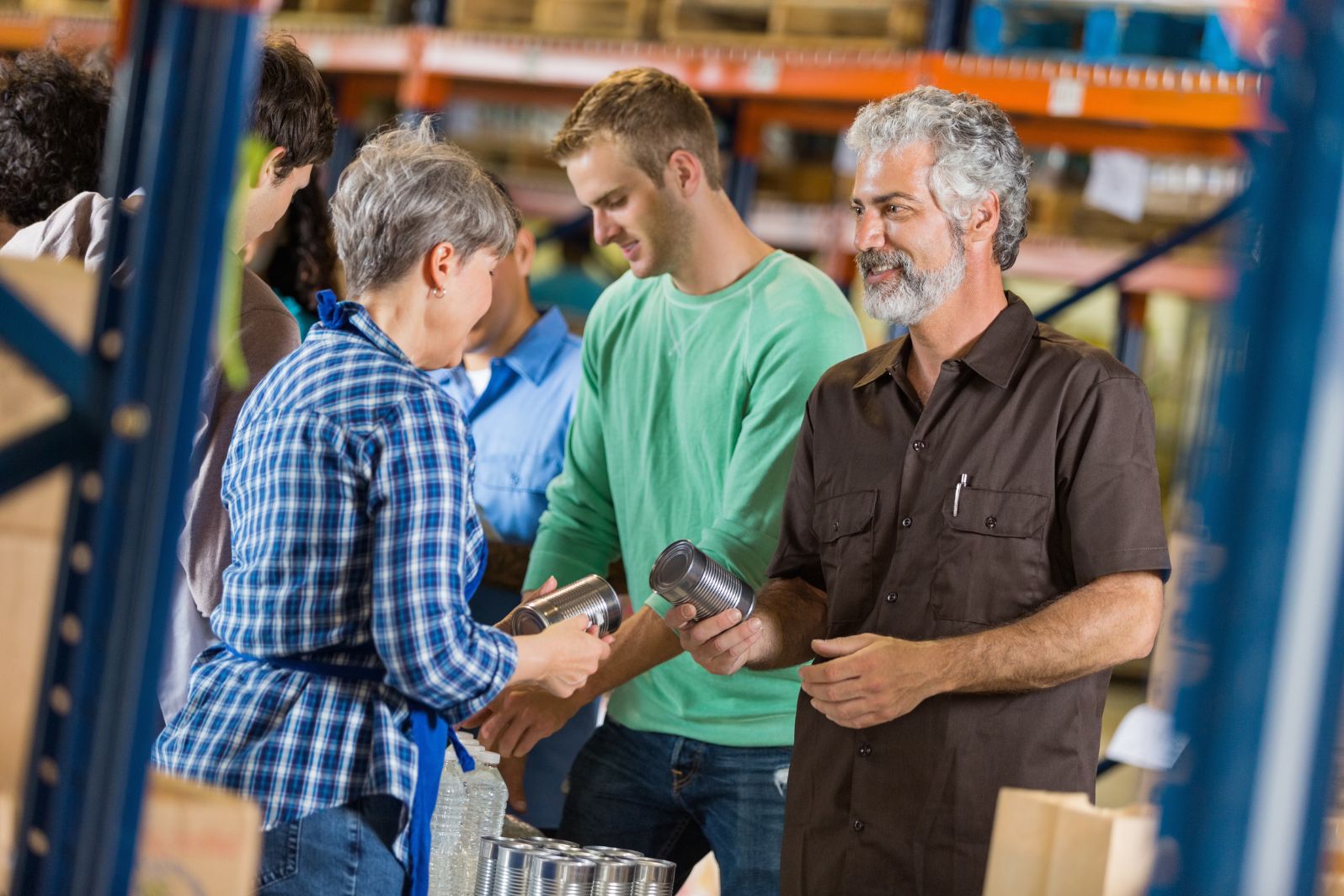When disaster strikes, the images that dominate headlines are often those of chaos, destruction, and loss. What comes after those first 24 hours? What does recovery actually look like for the individuals and communities affected? Beyond the debris and the emergency sirens lies a far more complex and human story—one of resilience, rebuilding, and, most importantly, support.
Table of Contents
The Immediate Aftermath: Survival First
In the wake of any major disaster—whether natural or man-made—the focus is on survival. Search and rescue operations dominate the early hours. Emergency responders, volunteers, and sometimes even strangers work sidebyside to locate survivors, provide critical medical care, and offer a safe place for those displaced. This stage is frantic, raw, and emotionally charged.
But even in these earliest hours, seeds of recovery are planted. Temporary shelters, food supplies, and first aid stations aren’t just logistical solutions; they’re lifelines of hope. They remind victims that they’re not alone and that help is already mobilizing.
The Shift Toward Stability
Once the immediate threat subsides, recovery enters a second phase—stabilization. This includes reconnecting families, assessing damage, and beginning the process of reclaiming some semblance of normalcy. Here, disaster response organizations, community leaders, and government agencies collaborate to evaluate needs and allocate resources.
During this period, the psychological toll becomes more visible. Grief, trauma, and anxiety surface as adrenaline wears off. Mental health support becomes as vital as food and shelter. Schools attempt to reopen, businesses survey damages, and local governments start the long task of rebuilding infrastructure.
Organizations like the American Red Cross play an essential role at this stage, offering physical supplies, counseling services, logistical coordination, and financial aid to those in need.
Rebuilding: A Long and Winding Road
Recovery doesn’t follow a neat timeline. For some, rebuilding can take months. It can take years for others, especially in economically disadvantaged or rural communities. Homes need to be rebuilt, often from scratch. Utilities must be restored. Local economies have to recover. Insurance battles can drag on, delaying construction and repayment efforts.
Many don’t see the grassroots initiatives that quietly fuel this stage. Volunteers returning again and again to rebuild homes, local businesses fundraising to reopen, and neighbors helping neighbors even while facing their own losses. These acts of solidarity often define the spirit of a community’s comeback.
The Invisible Recovery: Mental and Emotional Healing
While physical reconstruction is visible and measurable, emotional recovery is deeply personal and far less predictable. Survivors may struggle with PTSD, survivor’s guilt, or depression. For children, the trauma can affect development and education for years to come.
This is why holistic recovery efforts must address not just buildings, but also well-being. Support groups, therapy, community gatherings, and storytelling sessions help survivors process and heal. These efforts are often led by nonprofits, faith-based organizations, or trauma specialists who understand that resilience requires more than bricks and mortar.
Beyond Recovery: Building Back Better
Ultimately, the most successful recovery stories are those where communities return to where they were and improve. “Building back better” has become a rallying cry for urban planners and aid organizations. This means strengthening infrastructure to withstand future disasters, improving emergency communication systems, and protecting vulnerable populations better.
It also means learning. Every disaster offers lessons—about preparedness, community strength, and what truly matters. From ground zero to ground support, the journey is about more than recovery; it’s about transformation.
Final Thoughts
Recovery is rarely linear, often complicated, and always deeply human. While headlines fade, the lives impacted by disaster continue to evolve, supported by a network of professionals, volunteers, and compassionate strangers. True recovery is found in the everyday victories: a reopened school, a rebuilt home, a child’s laughter.In those moments, people witness what recovery truly looks like.



